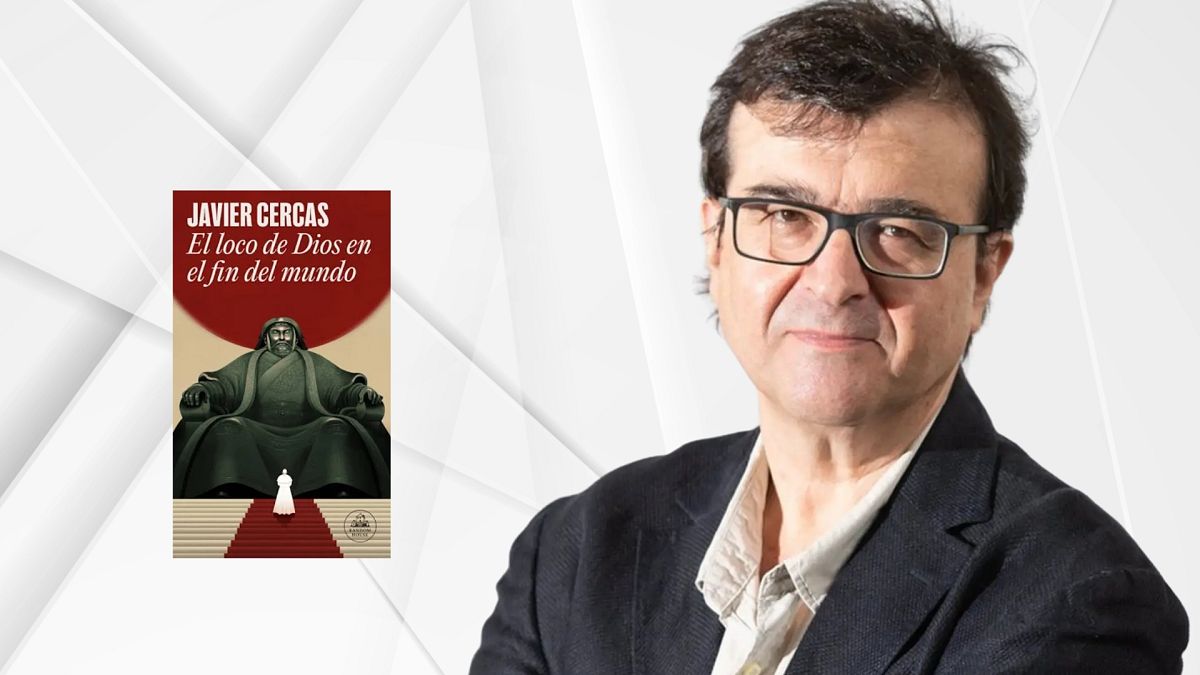A growing number of young Europeans are turning to social media as their primary news source, with platforms like TikTok, Instagram, and YouTube surpassing traditional media outlets such as TV and print.
It’s official: social media is now the number one news source for young people in the EU, surpassing television and both print and digital media.
According to the latest European Parliament Youth Survey, 42% of Europeans aged 16 to 30 rely mainly on platforms such as TikTok, Instagram, and YouTube to access news about politics and social issues. This shift reflects changing attitudes toward news consumption – speeding toward a fast-paced, easily accessible model – and puts younger generations at an increasing risk of disinformation.
The younger the respondent, the more likely they were to depend on social media. The report revealed that teens between the ages of 16 and 18 trust TikTok and Instagram more than any other platform. Meanwhile, those aged 25 to 30 rely significantly less on TikTok (29% compared to 51% of 16-18 year-olds) and Instagram (41% compared to 52%). Instead, they prefer Facebook, which is twice as popular among them (36%) compared to the youngest group (17%). However, respondents aged 25 to 30 are ultimately still more inclined to get their news from online press platforms (30%) and radio (19%), compared to just 21% and 13% among 16-18 year-olds, respectively.
This is cause for concern: another investigation, the 2024 Reuters Institute Digital News Report, revealed that TikTok is a blatant source of misinformation, with 27% of users finding it difficult to identify deceitful content. Meanwhile, Instagram’s parent company, Meta, recently decided to relax its fact-checking system by implementing community notes instead – which, as demonstrated by Elon Musk’s X, are often unreliable.
Trusting the feeds over the institutions
Europeans are aware of the risks and recognize the dangers plaguing their feeds. 76% percent of those surveyed had encountered fake or deceitful news in just the past week; among them, 15% faced disinformation “often”, and 32% “sometimes”. Still, they remain loyal to bite-sized news sources, with Instagram being the most popular (47% favoured it), followed by TikTok and YouTube. Facebook and X are lagging behind among the younger generations, while WhatsApp was the main news source for 16% of young users.
The social media news cycle is driven by influencers and alternative media, rather than traditional news outlets. This makes it harder for users to verify facts, while also diminishing their faith in mainstream journalism. It also, as highlighted by the report, decreases their trust in political institutions: 21% of the young people surveyed expressed scepticism toward the EU, and 15% admitted they skipped the 2024 EU vote due to a lack of information.
In parallel, they are becoming increasingly reliant on their social media platforms as vehicles for activism, as opposed to just voting or participating in protests and petitions.
When it comes to politics, fake news and altered content (including images and videos created using Artificial Intelligence) has been used to influence public opinion to the point of manipulating elections and polarizing society. A 2016 fabricated statement claimed that Pope Francis had publicly endorsed Donald Trump during his first presidential campaign, while a similar 2018 story said Shakira was boycotting Israel during her world tour.
But the problem is also psychological: constant exposure to false information, which is often alarming and sensationalistic, can increase anxiety, confusion, and mistrust of traditional media. This is overwhelming many young social media users, pushing them to avoid news altogether and fostering ignorance.













